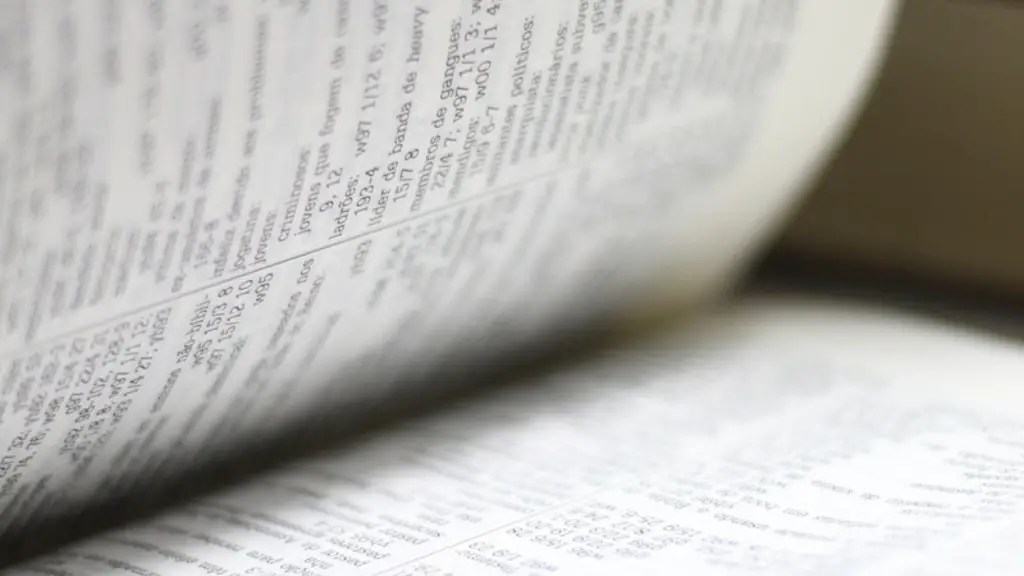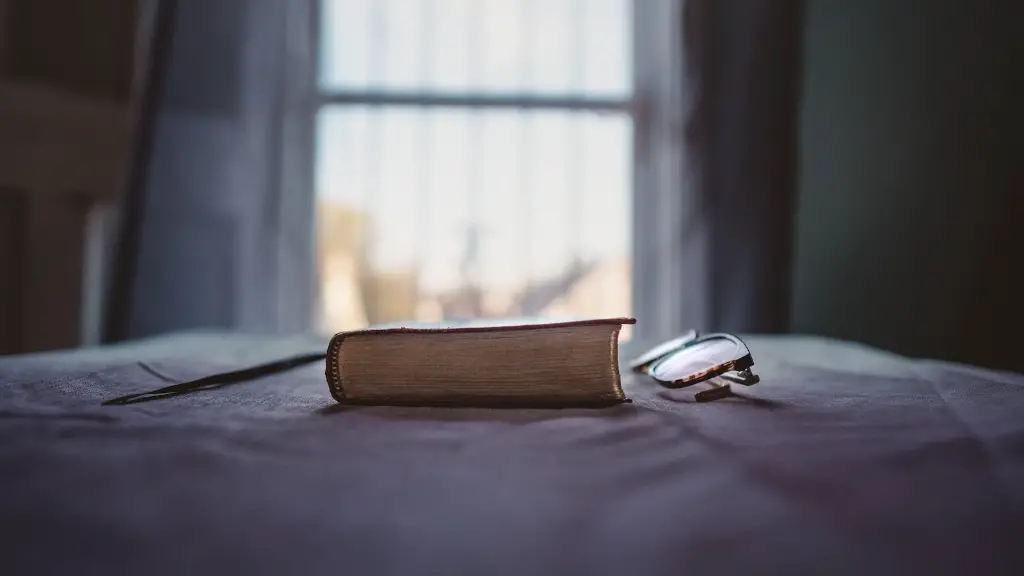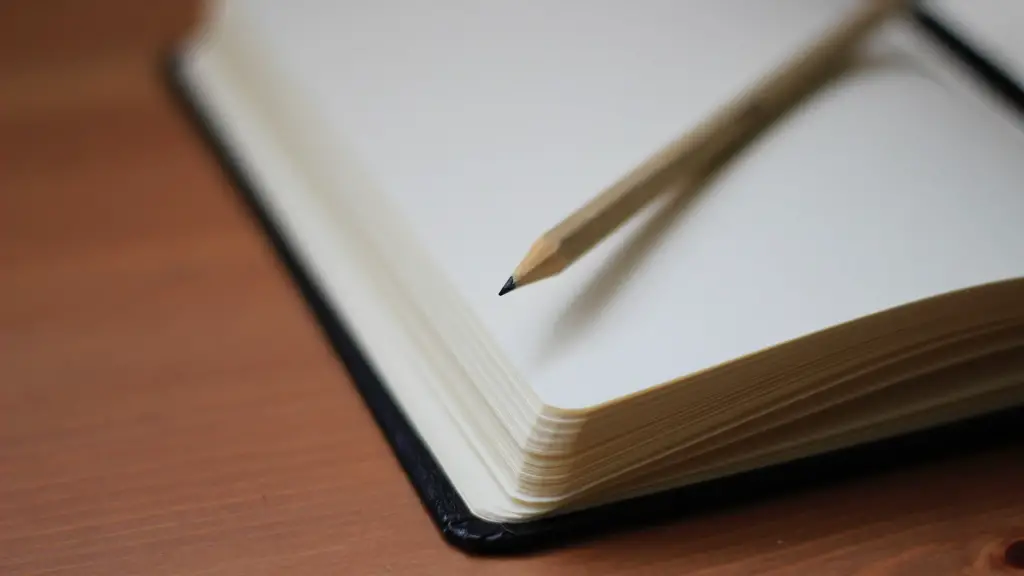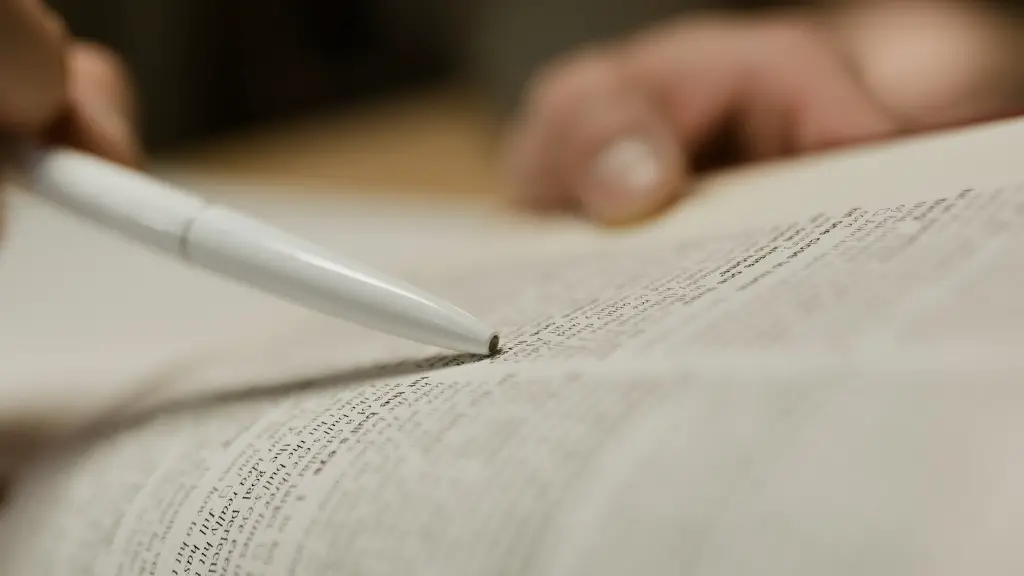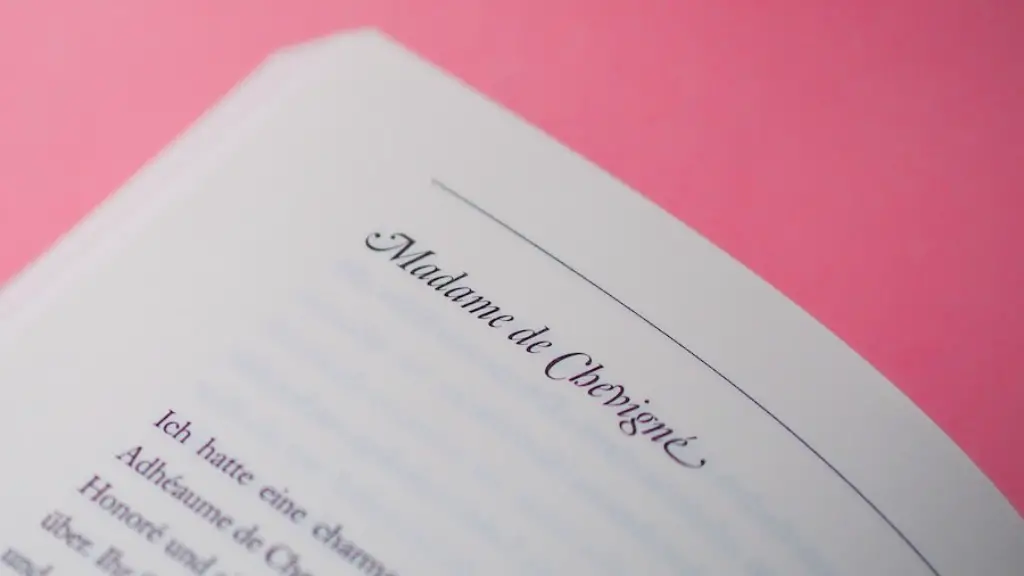Emily Dickinson is one of the most important American poets of the 19th century. Though she was a reclusive figure during her lifetime, and only published a handful of poems, her work has been hugely influential in the development of American poetry. It is characterized by its brevity, its unconventional use of capitalization and punctuation, and its often surprising and subversive use of language. Dickinson’s poetry often deals with themes of death, loss, and grief, but it is also full of humor and whimsy.
There is no one answer to this question, as Emily Dickinson’s motivations for writing were likely complex and multi-faceted. However, some possible reasons that may have driven her to write could include a desire to express her inner thoughts and feelings, to communicate with the outside world, or to create something lasting and beautiful.
What inspired Emily Dickinson to write?
Dickinson’s poetry was heavily influenced by the Metaphysical poets of seventeenth-century England, as well as her reading of the Book of Revelation and her upbringing in a Puritan New England town, which encouraged a Calvinist, orthodox, and conservative approach to Christianity.
Emily Dickinson was a prolific poet who wrote mostly in seclusion. This allowed her to focus on developing her craft and resulted in some of the most beautiful and evocative poems in the English language. Dickinson’s poems often dealt with emotional and psychological states such as loneliness, pain, happiness, and ecstasy; death, often personified; religion and morality; as well as love and love lost. Her work has had a lasting impact on American poetry and continues to be studied and admired by scholars and readers alike.
Who did Emily Dickinson write poems for
At least eleven of Dickinson’s poems were dedicated to her sister-in-law Susan Huntington Gilbert Dickinson, though all the dedications were obliterated, presumably by Todd. These edits work to censor the nature of Emily and Susan’s relationship, which many scholars have interpreted as romantic. While we cannot know for sure the true nature of their relationship, the fact that so many of Emily’s poems were dedicated to Susan suggests that they were very close, regardless of whether their relationship was platonic or romantic.
Emily Dickinson was a prolific poet who was highly influenced by the work of Ralph Waldo Emerson, as well as 17th-century Metaphysical poet John Donne. She was also influenced by British Romanticist John Keats, and American poets Robert and Elizabeth Browning. Dickinson’s work is characterized by its focus on death and the afterlife, as well as its use of unconventional punctuation and syntax.
What was unique about Emily Dickinson’s writing style?
Emily Dickinson’s writing style is most certainly unique. She used extensive dashes, dots, and unconventional capitalization, in addition to vivid imagery and idiosyncratic vocabulary. Instead of using pentameter, she was more inclined to use trimester, tetrameter, and even dimeter at times. This made her style very difficult to imitate, and helped her stand out as a poet.
The Dickinsons were strong advocates for education and Emily received an early education in classic literature, mathematics, history and botany. Emily’s education prepared her well for a life of the mind and she went on to become one of the most respected poets of her time.
What was strange about Emily Dickinson?
Emily Dickinson is considered one of the most important American poets of the 19th century. Though she was largely unrecognized during her lifetime, her poems have been praised for their uniqueness and her use of language. Dickinson was born in Amherst, Massachusetts in 1830. She was considered strange by the residents of her hometown as she took to wearing white clothing much of the time, and also for her reclusive nature. She eventually refused to come downstairs to greet her guests and sometimes would only hold conversations through the closed door of her bedroom. Dickinson’s poems deal with themes of death, love, nature, and religion. Many of her poems were published posthumously, and she is now considered one of the most original and important American poets.
Emily Dickinson was one of the most prolific poets of her time, though only ten of her poems were published during her lifetime. The daughter of a United States Senator, Dickinson was raised in a devout Calvinist household and developed a love of botany at an early age. As she grew older, she became increasingly reclusive, withdrawing from social interactions and instead focusing on her writing. It is believed that Dickinson had several mysterious love affairs throughout her life, though none of these were ever confirmed.
How did Emily Dickinson change the world
EmilyDickinson is one of the most important American poets of the 19th century. She introduced a new kind of writing and poetry, which was much different from anything that had been written before. Her poems expressed her feelings in a very unique way, and this helped to change the way people think about things and how they feel about them.
Dickinson’s lived in a time where the mortality rate for young people was high. As a result, she was often exposed to death and this had a significant impact on her mental state. She became preoccupied with death, withdrawn from the world, and began to doubt her own existence. These factors all contributed to her eventual withdrawal from society.
What were Emily Dickinson’s interests?
Dickinson’s hobbies, other than her main hobby of writing, were baking, gardening, and letter writing. She was a very private person and only shared her writing with a few close friends.
In the spring of 1850, Dickinson and Gilbert attended Mount Holyoke Female Seminary together, where they quickly became close friends. They shared a love of reading and writing, and Gilbert was the only person with whom Dickinson ever discussed her poetry. Dickinson later wrote of their relationship, “[s]he was my scholar — I was her influence.”
While Gilbert was not as passionate about religion as Dickinson was, she shared her friend’s interest in morality and ethics, and the two bonded over their shared values. Dickinson once said of Gilbert, “[s]he was like a sibling, a twin — we poured our hearts into each other.”
The closeness of their friendship — and the fact that they were the same age and gender — led many to assume that Dickinson and Gilbert were lovers. There is no direct evidence that they were, but the intense nature of their relationship has led many to believe that they were.
Whatever the nature of their relationship, it ended abruptly in 1852, when Gilbert left Mount Holyoke to marry Edward Dickinson, Emily’s older brother. Gilbert’s marriage put an end to her friendship with Dickinson, and the two women never saw each other again. Gilbert
What religion did Emily Dickinson follow
Emily Dickinson was brought up in a Calvinist household and attended religious services with her family at the village meetinghouse. Congregationalism was the predominant denomination of early New England.
American poet Emily Dickinson is best known for her use of slant-rhyme, conceits, and unconventional punctuation, as well as her near-legendary reclusive habits. Though her work was largely unrecognized during her lifetime, Dickinson is now considered one of the most important American poets.
What are the main features of Dickinson’s poetry?
Emily Dickinson’s poems often employ short stanzas, mostly quatrains, with short lines. This formatting creates a staccato rhythm which reflects the speaker’s often abrupt thoughts. The rhymes on the second and fourth lines provide a sense of stability amidst the poem’s choppy lines. Other stanzas employed by Dickinson include triplets or pairs of couplets, which add to the poem’s overall disjointed feeling. Ultimately, the stanzas in Dickinson’s poems contribute to the sense of an unstable, yet ultimately attentive, mind at work.
Emily Dickinson’s poetry is characterized by its unconventional themes, individualism, transcendentalism, spiritualism, realism, and symbolism. Her unique perspective and style has influenced many writers and poets over the years.
Conclusion
The answer to this question is not known for certain. Some possible explanations include: a desire to express her thoughts and feelings; a need to communicate her ideas to others; a hope to connect with like-minded people; or a wish to leave a lasting legacy.
Emily Dickinson may have wanted to write due to regionalism, the desire to be published, simply because she enjoyed writing, or a need to communicate.
